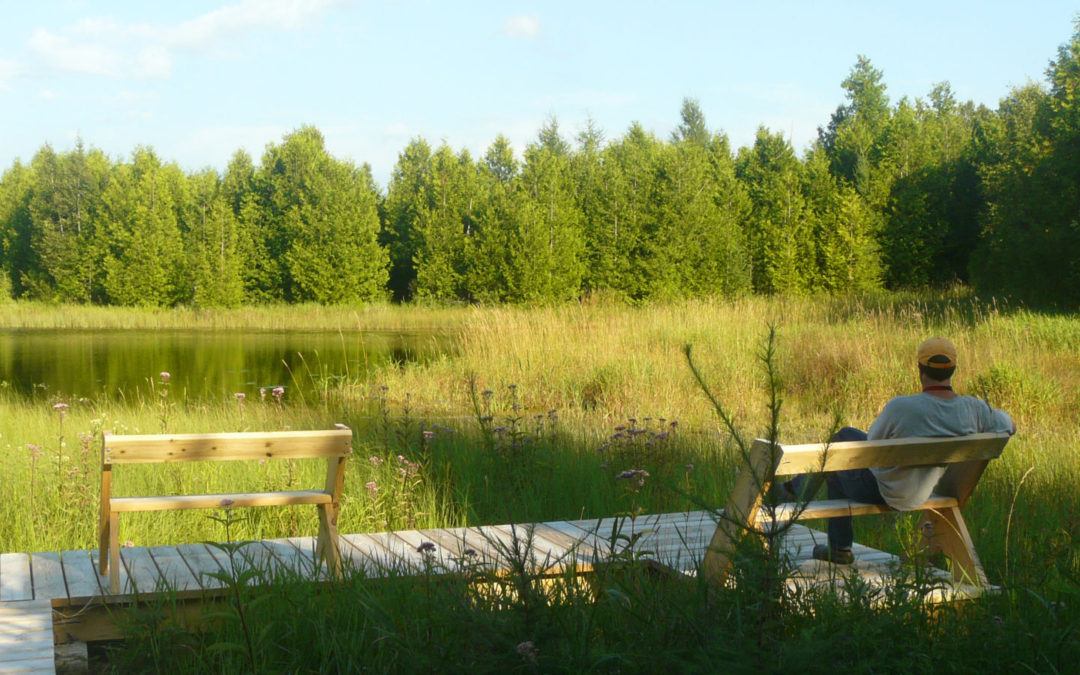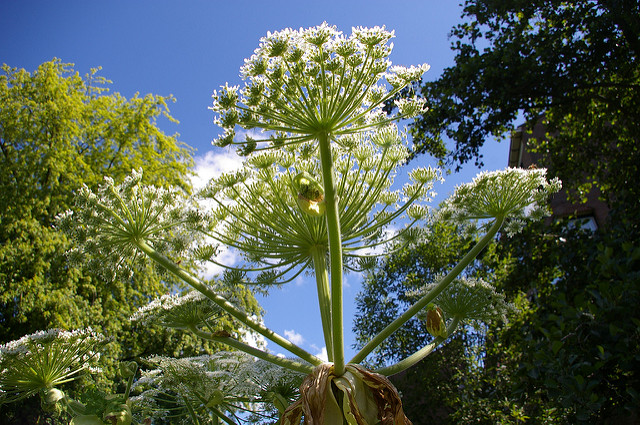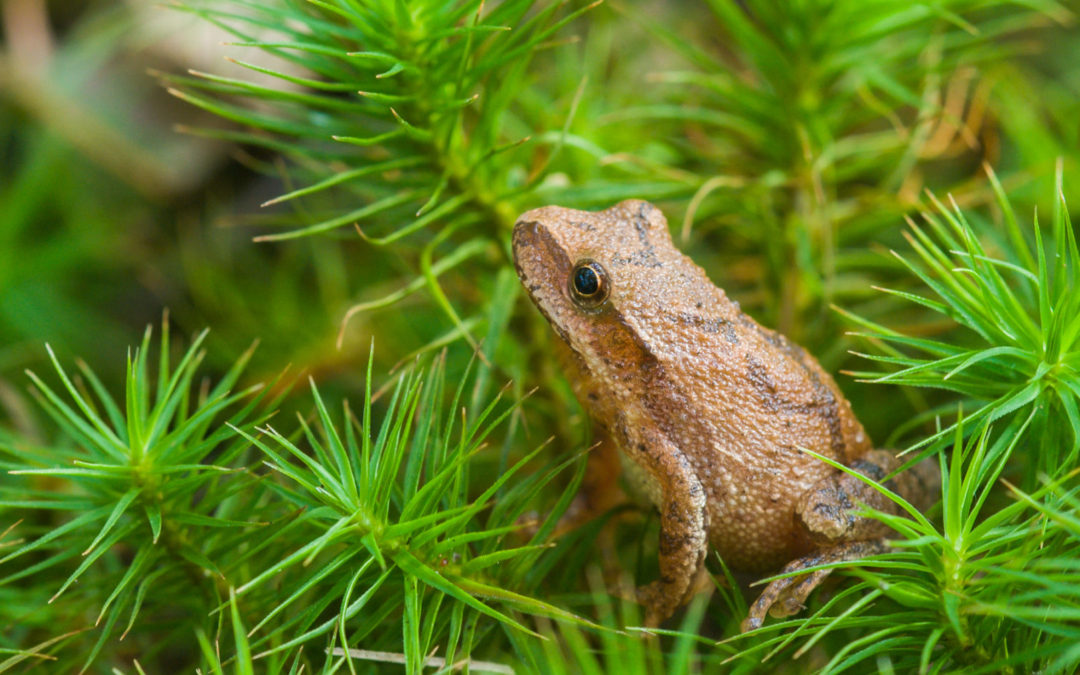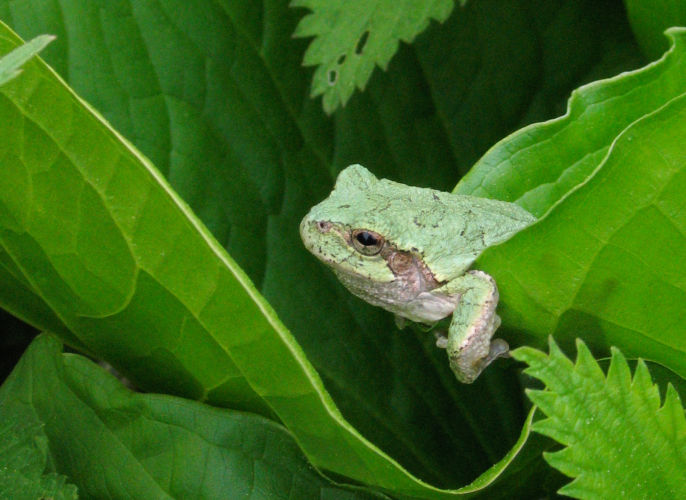
by Wisconsin Wetlands Association | Jun 28, 2017 | For landowners
A field journal is a great way to document what you see in your wetland, how things have changed, and what management actions you are taking (or want to take) to improve your wetland’s health.

by Wisconsin Wetlands Association | Jun 26, 2017 | For landowners, News
The tall invasive plant giant hogweed was first found in Wisconsin in 2004 and has been confirmed in Iron, Portage, and Manitowoc Counties. It was recently found in Sheboygan. A single plant produces thousands of seeds, which can be dispersed by gravity, vehicles and...

by Wisconsin Wetlands Association | May 25, 2017 | For landowners, News
Invasive plants reduce the health of wetlands and make them less habitable for wildlife. One invasive wetland plant to be on the watch for is reed mannagrass. Reed mannagrass (Glyceria maxima, also sometimes called rough or tall mannagrass) is an aggressive, weedy...

by Wisconsin Wetlands Association | May 10, 2017 | For landowners
Is your wetland home to frogs or toads? Spring is a great time to get out to listen for these amphibians. Male frogs and toads, like male songbirds, advertise their presence to females by singing or “calling”. Also like songbirds, each species has a...
by Wisconsin Wetlands Association | Apr 27, 2017 | For landowners, News
Hearing frog calls is an enjoyable spring pastime in Wisconsin’s wetlands. Here are six frog species to look for in Wisconsin, with ID tips from Dreux Watermolen of the Wisconsin Department of Natural Resources. Chorus frog Easily heard but often difficult to...

by Wisconsin Wetlands Association | Apr 27, 2017 | For landowners, News
Spring means the return of frog calls to Wisconsin’s wetlands. Learn what to listen and look for to identify various species.





